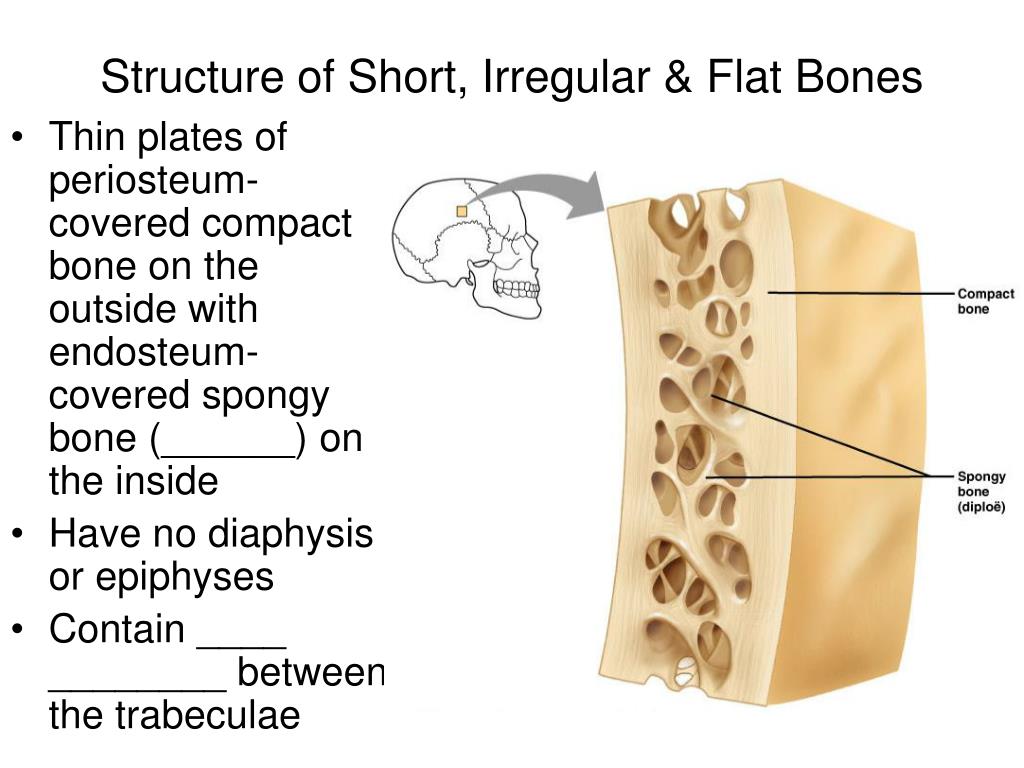

Just look at the forelimb of any animal’s skeleton there, you will find the scapula, humerus, radius and ulna, carpals, metacarpals, and phalanges bones. Usually occurs in the forelimb or hindlimb of animals. It consists of two extremities – proximal and distal extremity #1.Presence of hollow elongated or cylindrical shaft.I hope these features might help you to identify all the long bones from animal’s body. Long bones function mainly as levers and aid in support, locomotion, and prehension.įor your better understand, I will enlist the main osteological features of a long bone of the skeleton. These types of bone ossify in the cartilaginous method (endochondral ossification). Long bone has a shaft or a body and has two different extremities. These are the long hollow cylindrical types of bones found in the limbs of animals. I hope this guide will help you learn and identify the long bones, short bones, irregular bones, or flat bones from any animal’s skeleton. Now, I will show you the identifying osteological features of these different types of bones with examples. “You may find four main or six types of bones in some books of veterinary anatomy.” Here, I will enlist types of bones from the animal skeleton based on shape, size, and structure. Different authors classified the bones into various subclasses.


 0 kommentar(er)
0 kommentar(er)
